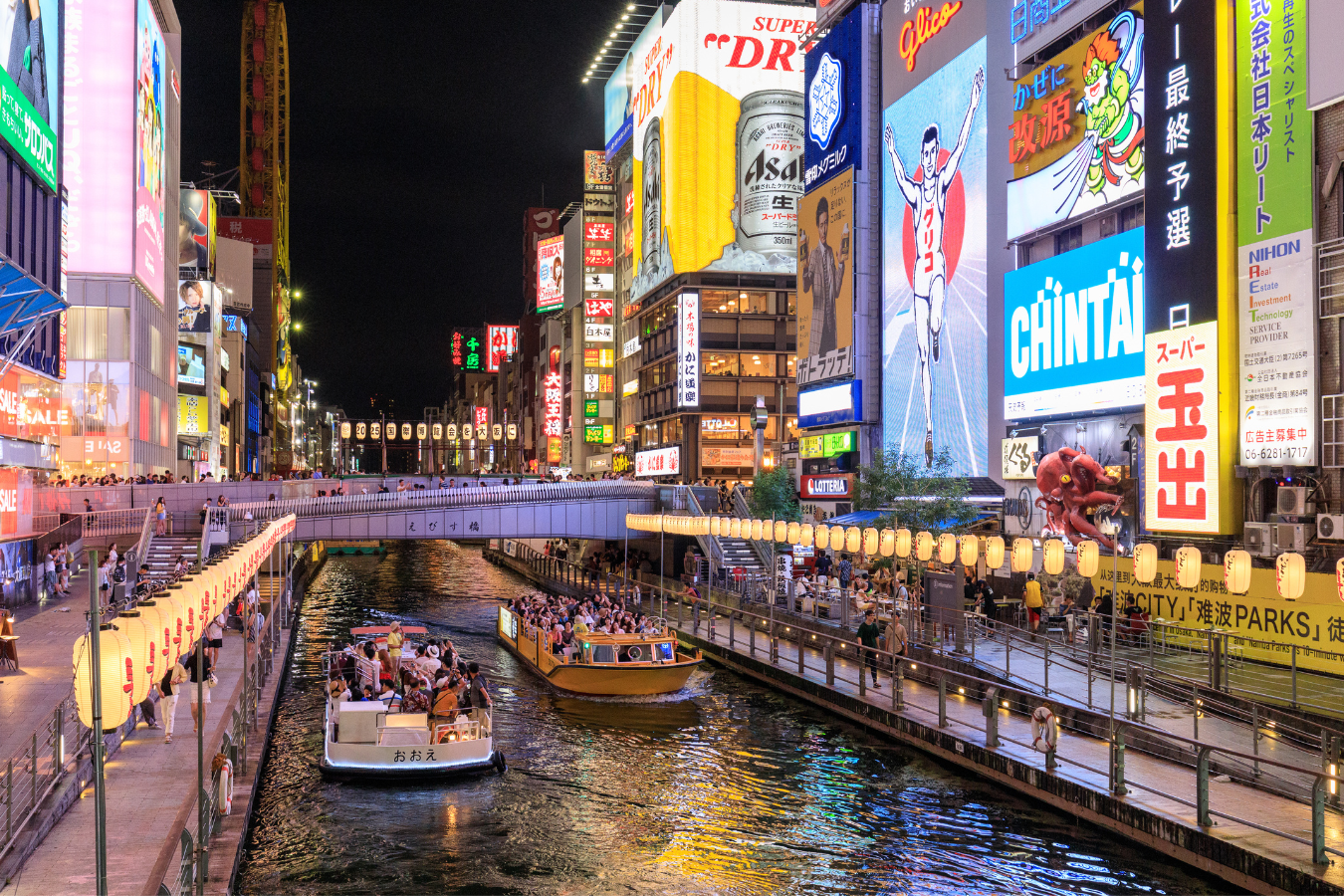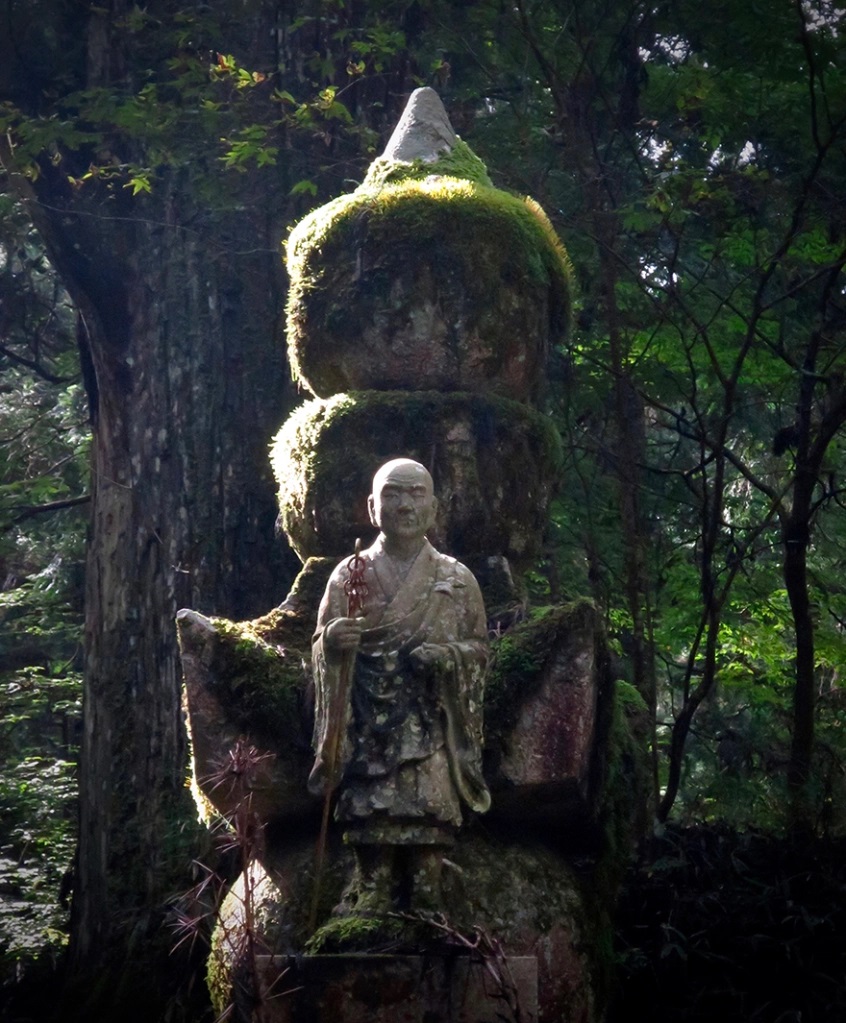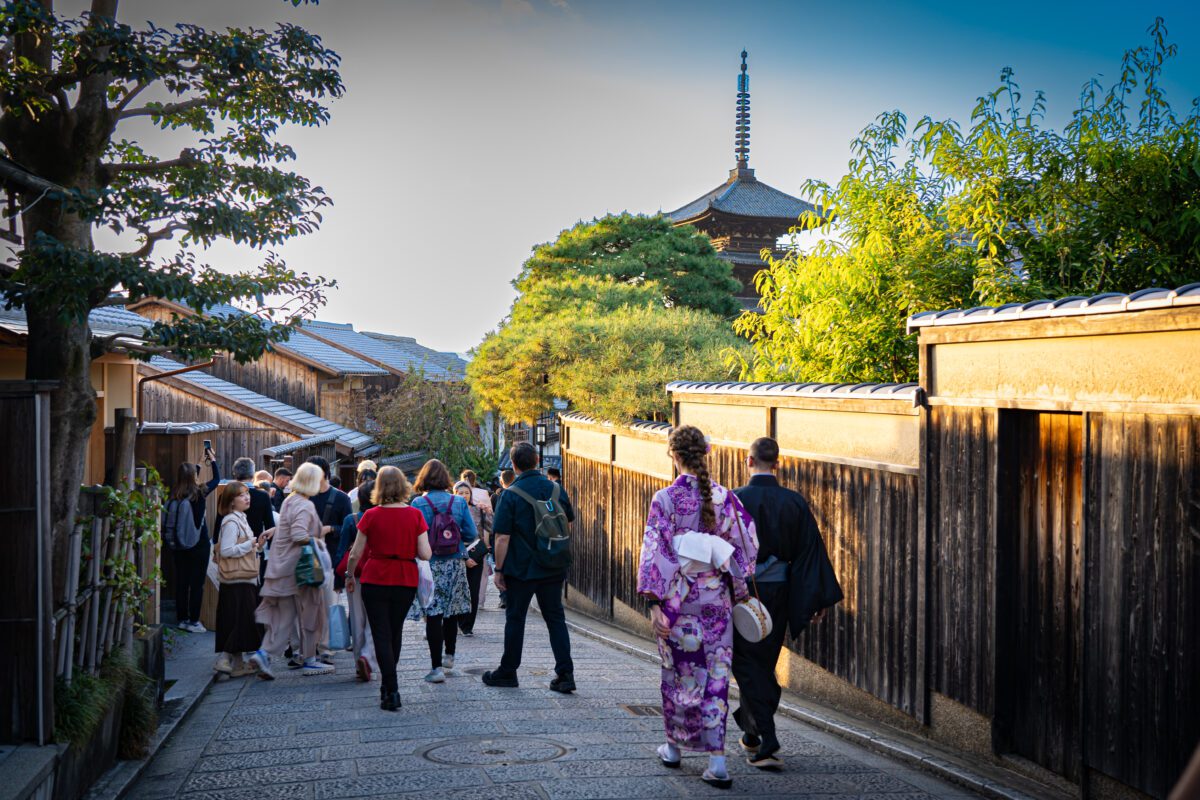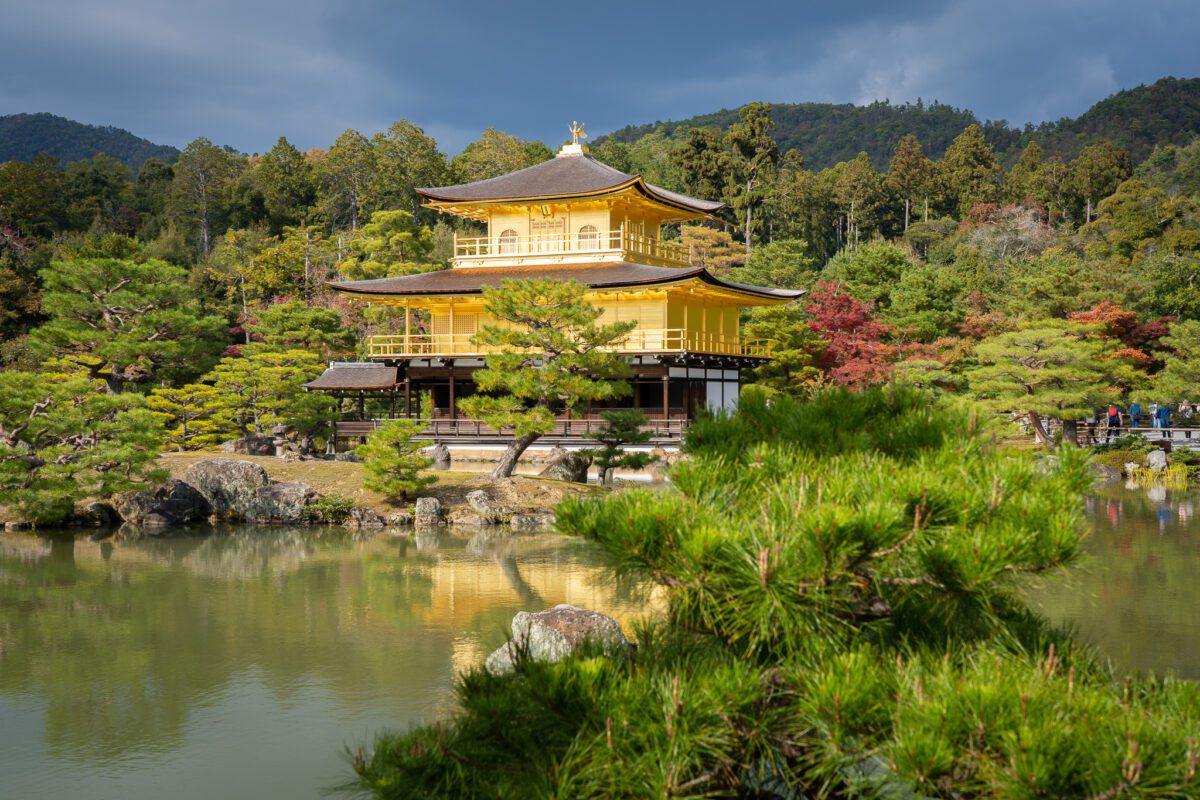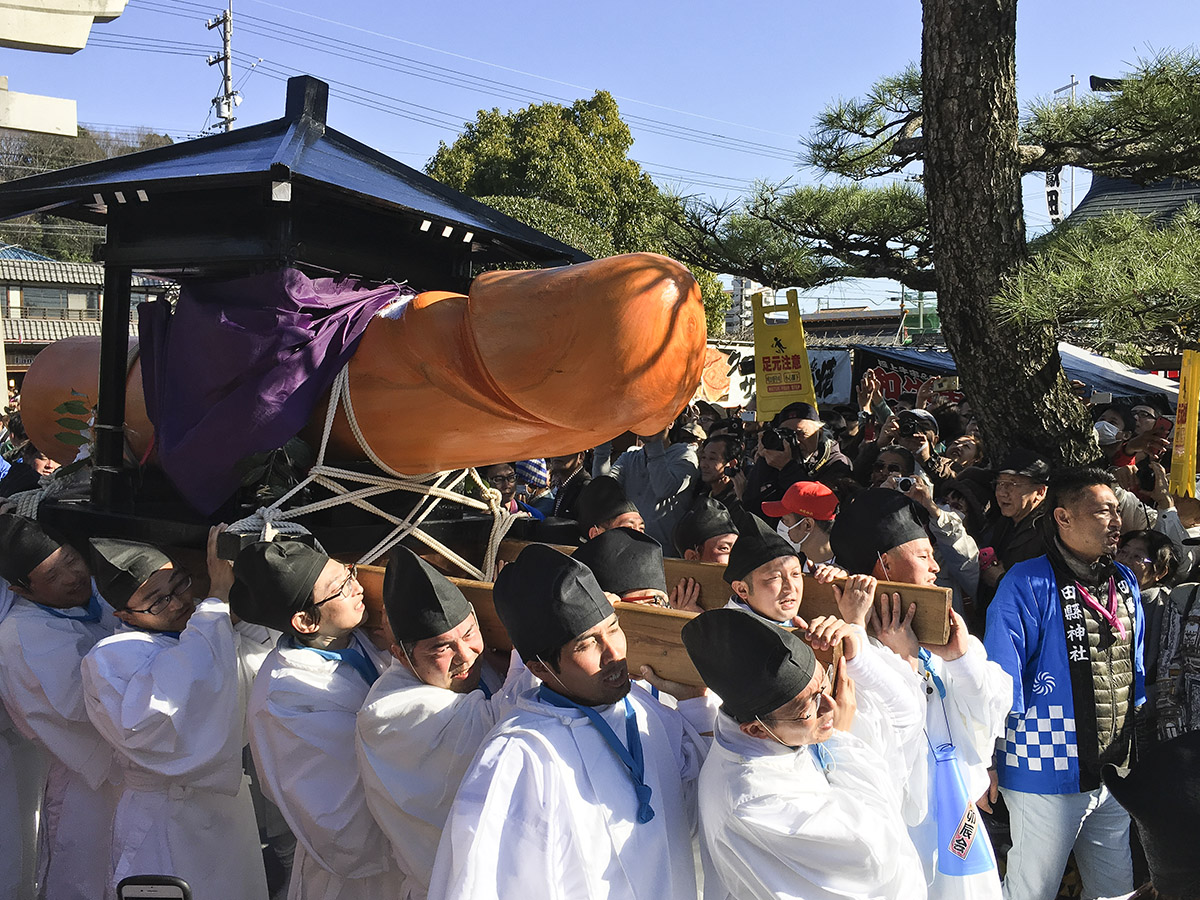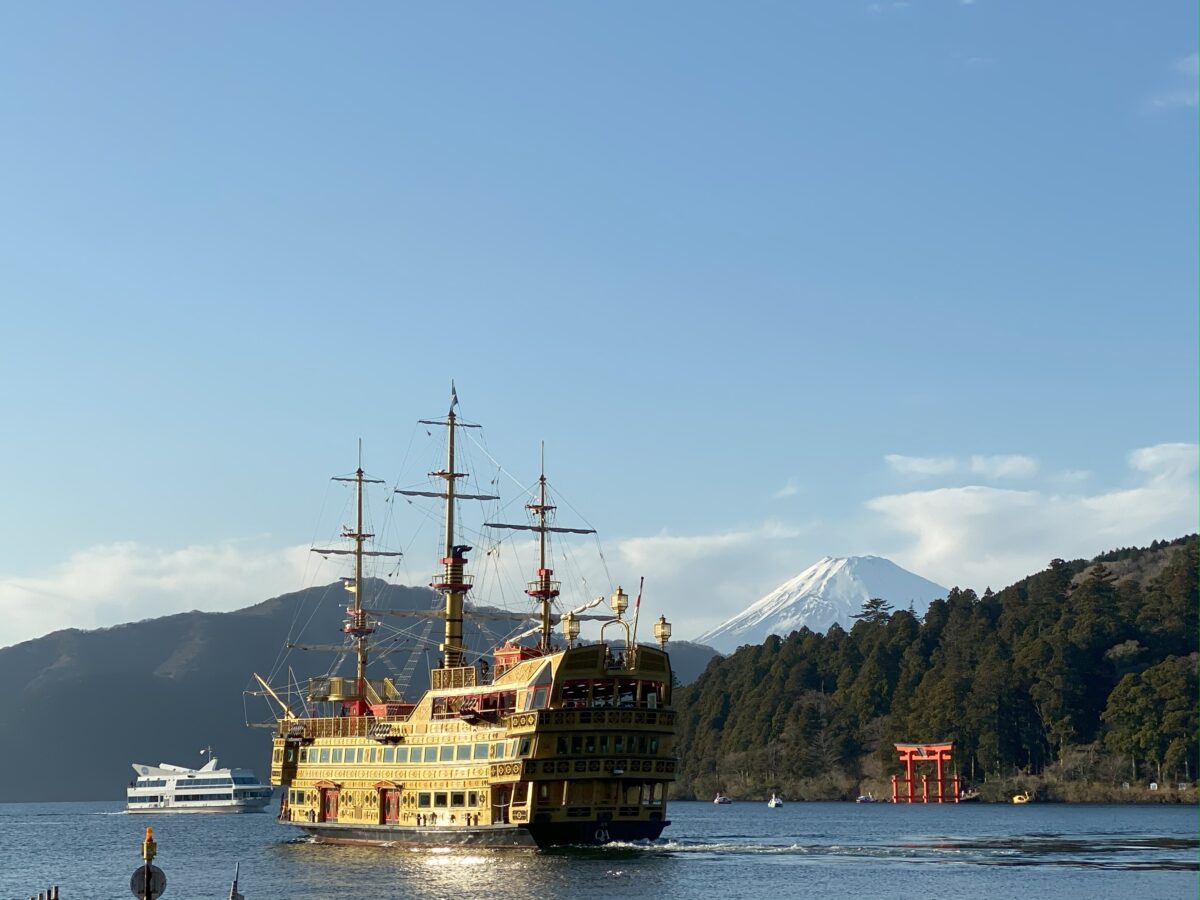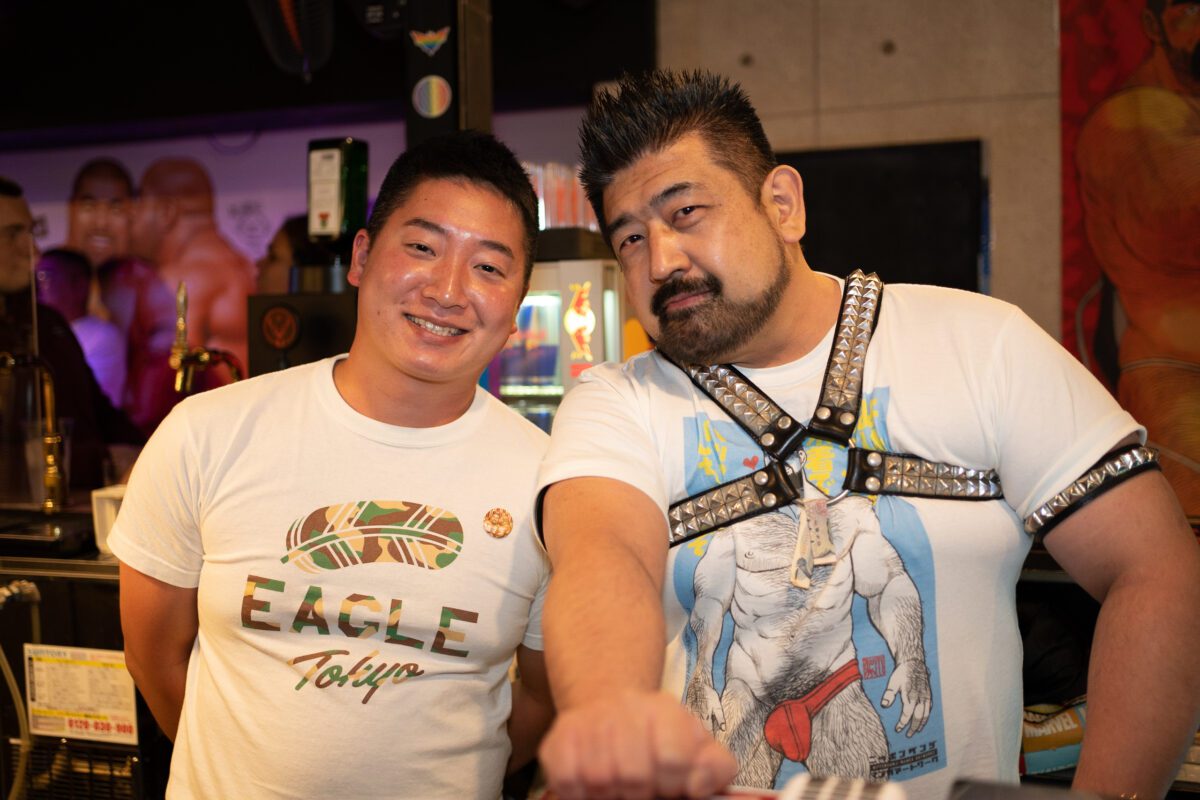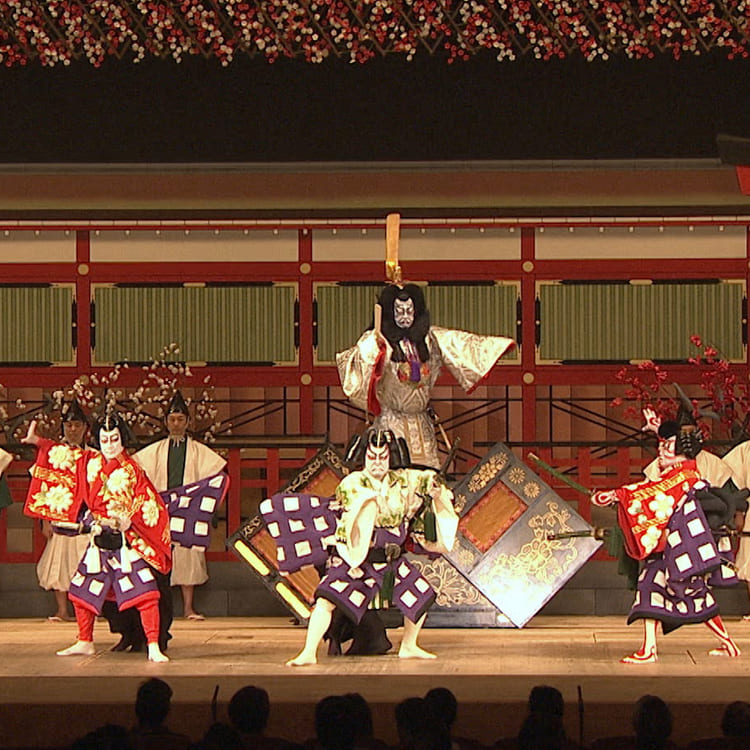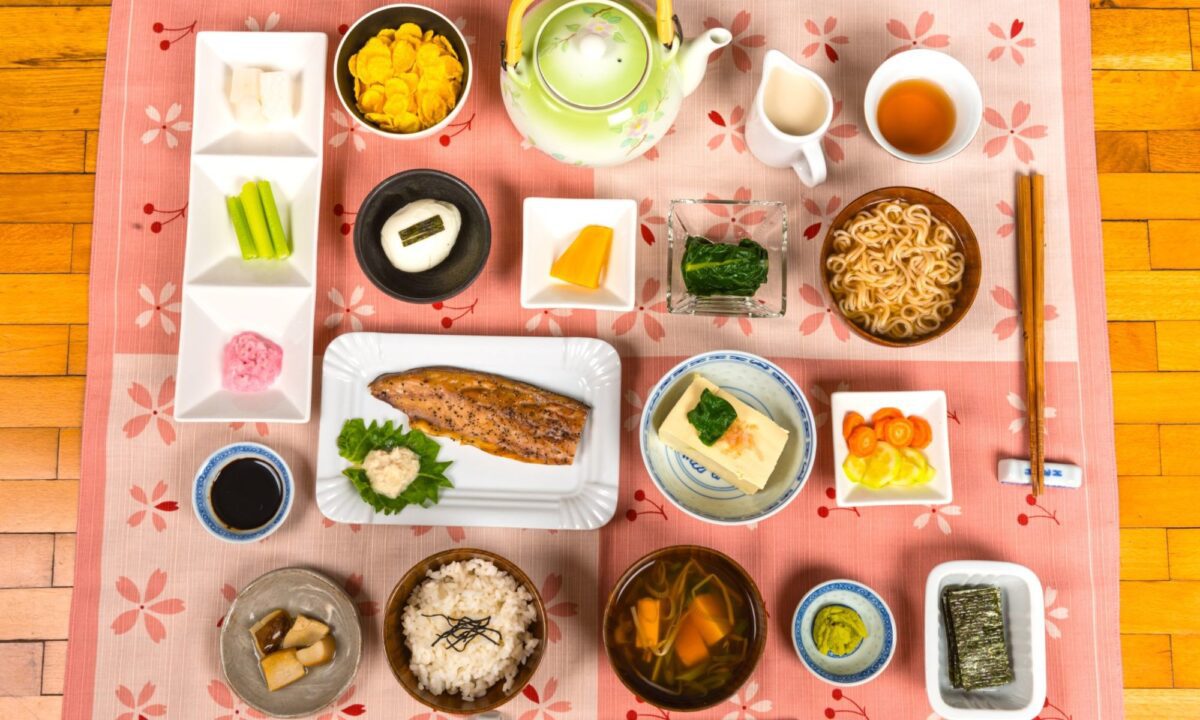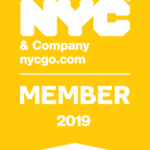Day 1. October 27. Our tour starts in the evening of October 27, with a get-together in the hotel lobby, so we can all meet and discuss plans for the tour.
Day 2. October 28. Today we visit Osaka and experience its culinary delights. We start with the bustle of modern Dotonbori and visit the extraordinary Umeda Sky Building (headquarters of the LGBTQ+-friendly Sekisui House, sponsors of this year’s international LGBTQ+ travel convention, which took place for the first time in Asia, in Osaka) its inclined elevator and its floating garden observatory.
We have one of Osaka’s specialties, okonomiyaki (savory pancakes with various toppings), for lunch, before spending the afternoon on a more traditional side of Osaka: we visit Osaka castle and its beautiful park, to learn about the history of Japan’s unification and visit the grave of Ihara Saikaku, the author of The Great Mirror of Male Love, a 17th century story collection of gay stories that will be a major theme in our tour: one of the stories is even set in Dotonburi. After our tour, we go to the hotel to rest, before taking off for an Osaka street food experience!
Day 3. October 29. Today we take an excursion from Osaka to the holy mountain of Koyasan, where Kobo Daishi founded Japanese Shingo Buddhism—and also, at least according to legend, the Japanese tradition of wakashudo (the way of boys), which first appeared in Japanese culture in a big way in Buddhist monasteries.
After taking the cable car up the mountain (about 2600 feet above sea level) we will visit the Kongo-buji temple, with its gilded sliding doors, the many temples of Danjo-Garan, including the beautiful vermilion Konpon Daito pagoda, and Okuno-in cemetery, centering on Kobo Daishi’s mausoleum, where he is buried, or, according to tradition, where he rests in eternal meditation while awaiting them Buddha of the Future.
While visiting these amazing sights, we will learn about the tradition of love relationships between monks and acolytes (nenja and chigo).
Day 4. In the morning, we take a half-day tour of Nara Park, one of Japan’s most famous, known for its gardens, teahouses, and temples—and especially for its herd of 1400 deer, famous for bowing politely to ask for snacks of “deer crackers.”
In the afternoon, we transfer by bus to Kyoto, Japan’s imperial capital for 1100 years, starting in the 8 th century, which has preserved its beauty and traditions (in part because it was largely spared in WWII).
In the evening, we will enjoy a lecture by Professor Timon Screech of the University of London’s School of Oriental and African Studies and the International Research Center for Japanese Studies in Kyoto, on “Male-Male Love in Early Modern Japan.”
Day 5. Kyoto is one of the world’s great beauty spots, and today we will see many of its beauties, including Kinkakuji, the Golden Pavilion (hopefully surrounded by Japan’s famous fall foliage), the awe-inspiring Arashiyama Bamboo Grove, and the Honno-ji Temple, where a famous gay story from Japanese history took place: when Oda Nabunaga (one of Japan’s three great unifiers) was betrayed to his enemies at the temple, his page and lover Mori Ranmaru led the defense, holding off the enemy long enough for Nabunaga to commit seppuku (ritual suicide) to avoid capture, and then set the temple on fire, killing himself and all his troops, to avoid letting the enemy capture Nabunaga’s body! This evening we will watch a traditional geisha performance.
Day 6. Today we spend the morning at something no other tour will show you: Japan’s principal penis shrine: the Tagata Shrine of Nagoya. There were many shrines of this kind before Westernization, but this is the main remaining one.
The Honen harvest festival takes place here on March 15, when for the past 1500 years, 20 men are chosen by lottery to carry a 7 foot phallus through the streets. But don’t worry about missing the festival: everything else here (gates, bells etc) is penis-shaped as well—and many souvenirs are available!
We then experience a ride on a Shinkansen bullet train, to take us to a ryokan—a traditional Japanese country inn—where we can enjoy communal bathing in water from the onsen (hot springs) and then one of Japan’s legendary culinary experiences, a kaiseki dinner—a meal of many small courses consisting of seasonal products and designed to produce the maximum flavor from each.
Day 7. Today we visit the area of Fuji-Hakone-Izu National Park, with a boatride on Lake Ashi, a ride on the Hakone Ropeway (aerial lift), a visit to the Owakudani valley with its boiling sulphur springs (and famous blackened eggs cooked in the spring—supposedly eating one will add 7 years to your life!), and Hakone Open Air Museum, a beautiful garden with sculptures by artists like Picasso, Matisse etc. In the evening, we transfer to Tokyo.
Day 8. Tokyo is the world’s largest city, and it resumes in itself the astonishing contrasts in Japanese culture, from the traditional tea houses of Asakusa to the elegance of Ginza, the youth culture of Harajuku, and the world’s tallest tower, the Sky Tree. Today we take a tour to see it all and get our bearings. High points are a traditional tea ceremony, where we learn to appreciate this quintessentially Japanese evanescent artform; our dinner with a gay bar owner and former kabuki actor; and our evening tour of Shinjuku Ni-chome, the hub of Japan’s LGBTQ+ life, with over 300 (mostly small) gay bars—the densest concentration in the world.
Day 9. Today is a free day to explore the areas we saw on yesterday’s tour, but those who want can go with Professor Lear to the Kabukiza theater for the matinée: we cannot guarantee a year in advance that the play’s theme will be gay, but there are many plays on gay themes, and the kabuki theater, with male actors playing female roles, had a central role in Japan’s LGBTQ+ history!
This evening we end our tour with one last Japanese tradition, a Yakatabune dinner cruise, with a 10 course meal, flowing liquor, and beautiful views of Tokyo at night, the Sumida River, the Rainbow Bridge, the Sky Tree, and more
Day 10. Our tour ends with breakfast today. Please let us know if we can help you with further travel arrangements. Professor Lear will take a trip to Taipei after our Japan tour and would be happy to have people from the tour join him.


